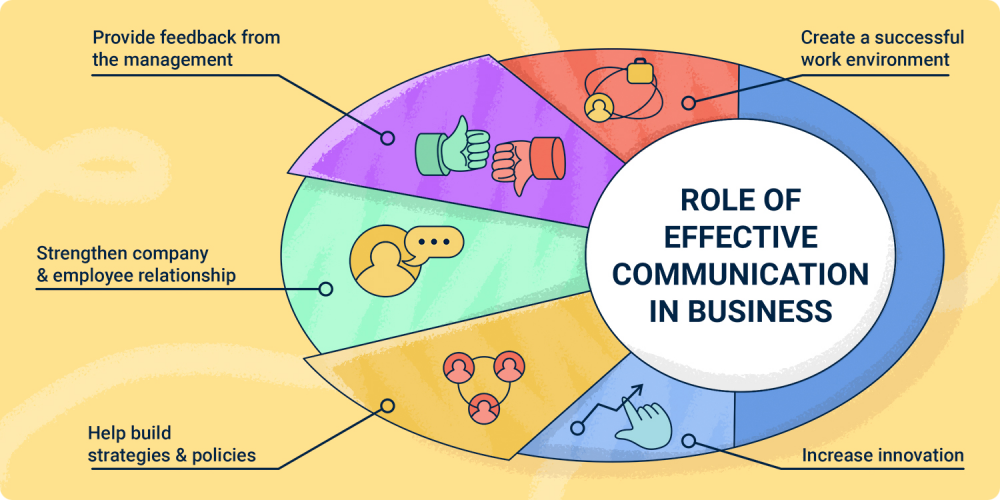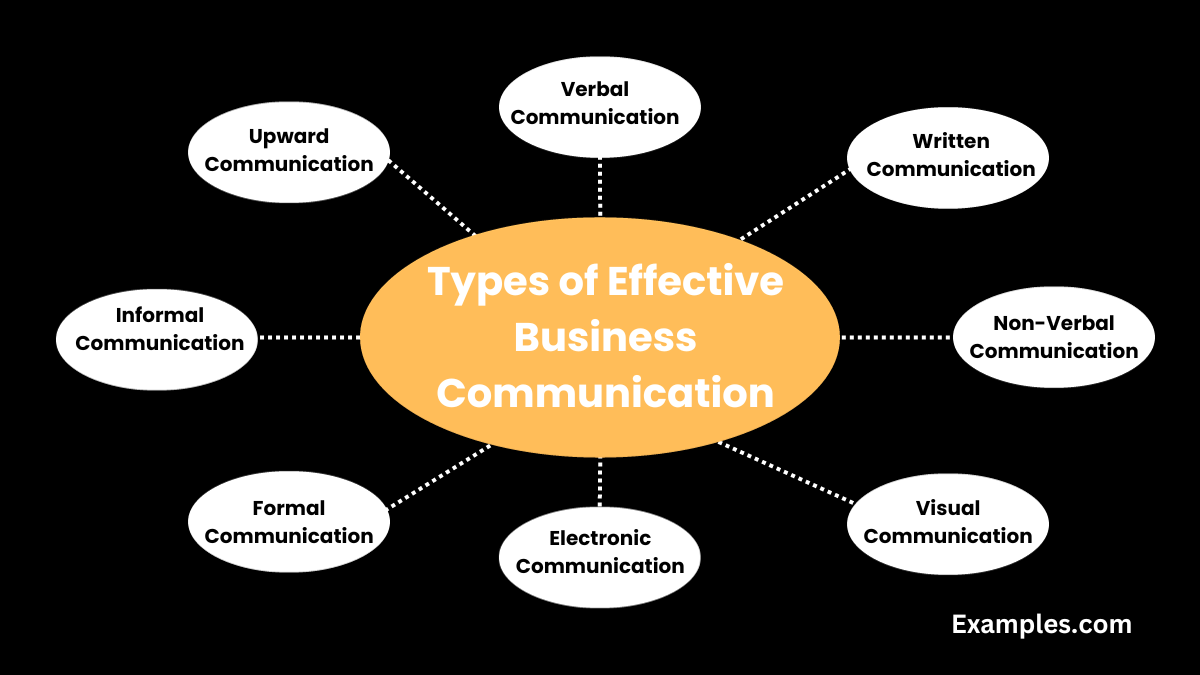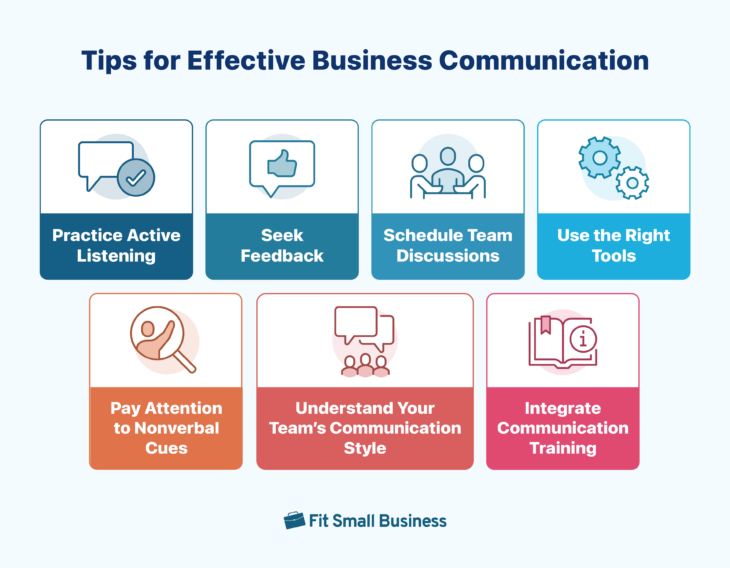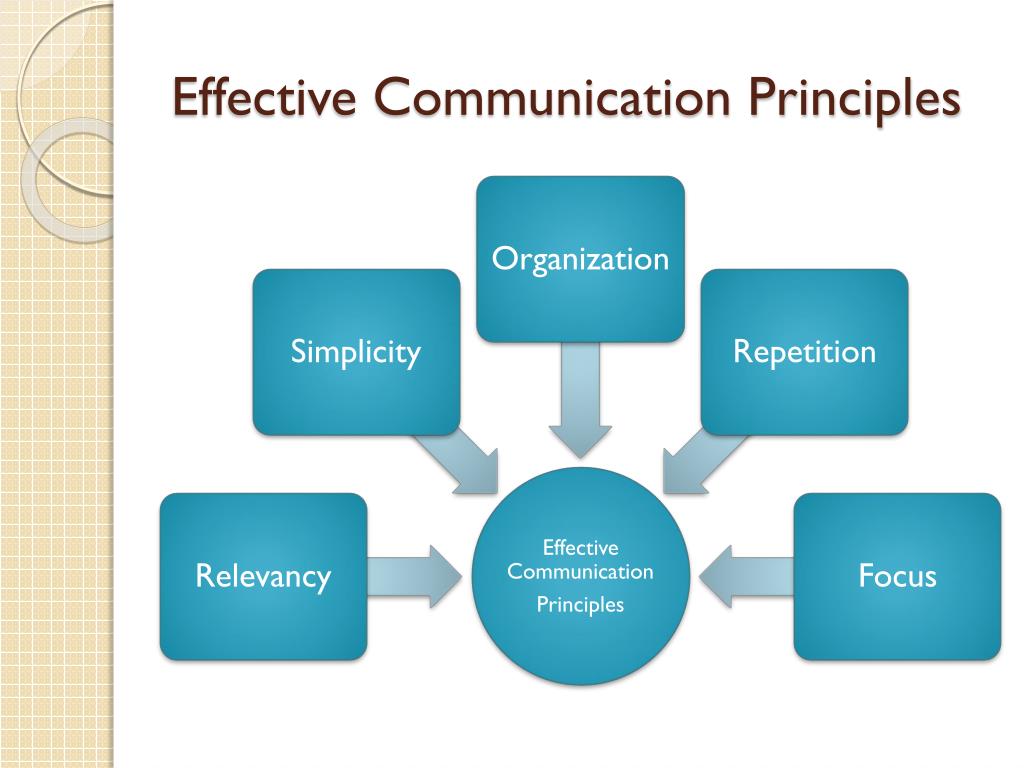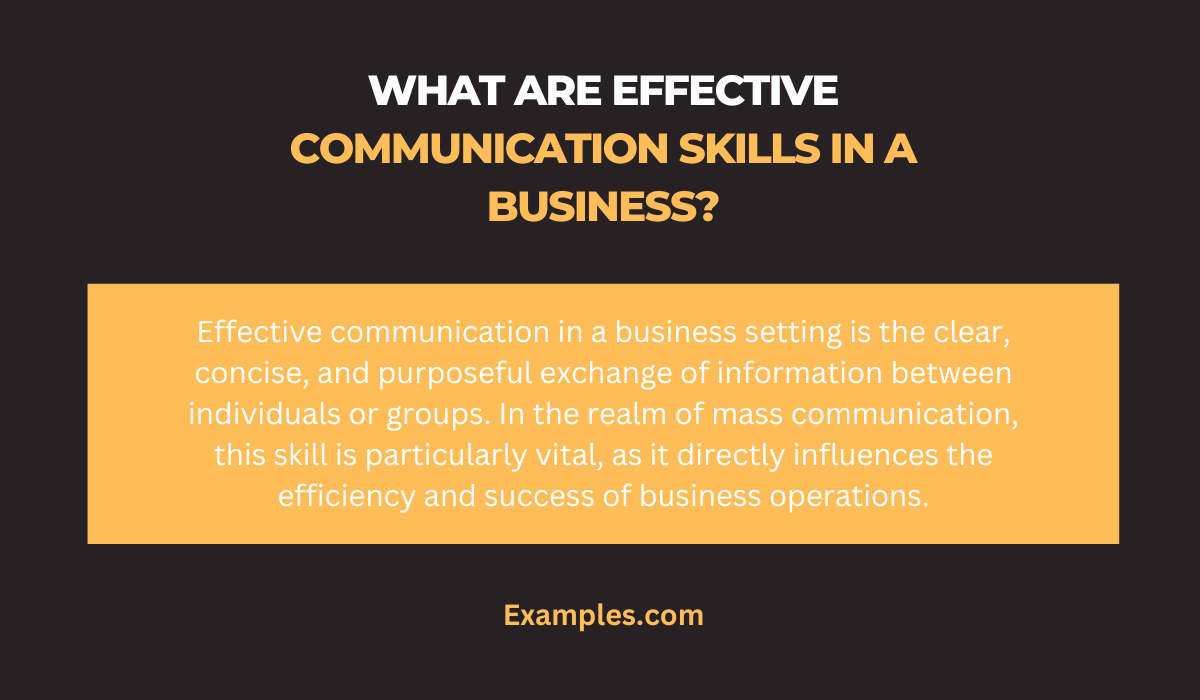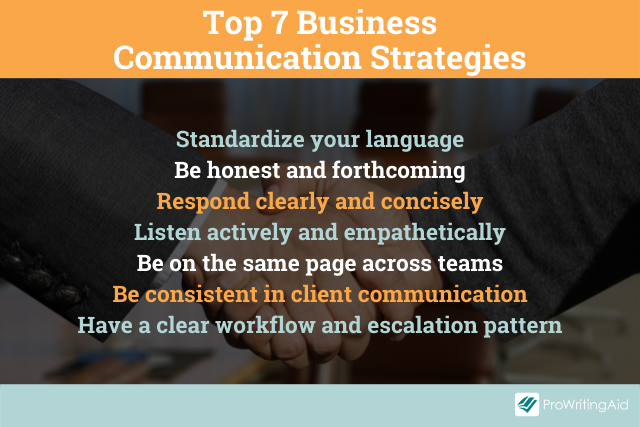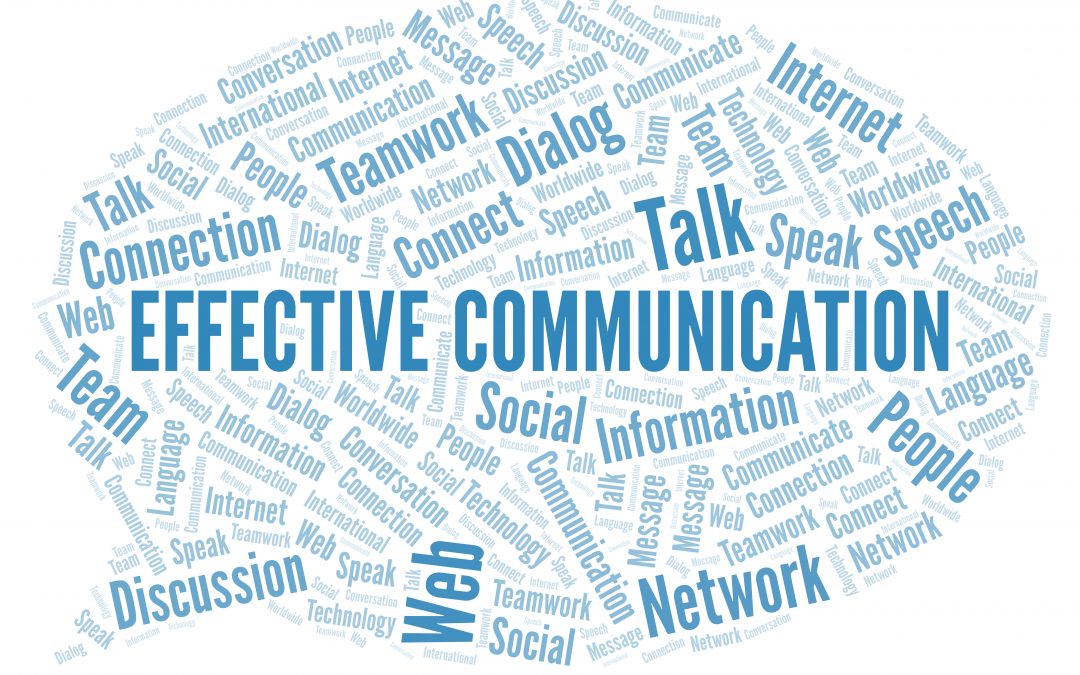Keys To Effective Business Communication
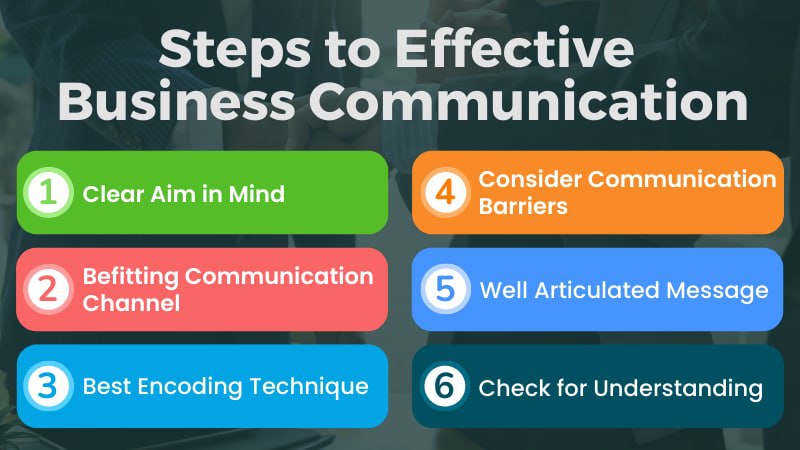
In today's hyper-connected world, the lifeblood of any successful enterprise hinges on its ability to communicate effectively. Misunderstandings, unclear messaging, and inefficient communication channels can lead to project delays, damaged client relationships, and ultimately, significant financial losses. The stakes are high, demanding a strategic and well-honed approach to business communication.
This article delves into the critical components of effective business communication, exploring actionable strategies that organizations can implement to foster clarity, collaboration, and ultimately, achieve their strategic goals. Drawing upon expert insights and industry best practices, we will examine the key principles that underpin successful communication, both internally and externally, providing a roadmap for businesses seeking to optimize their communication strategies.
Understanding Your Audience: The Foundation of Effective Communication
Before crafting any message, understanding the intended audience is paramount. Tailoring your communication to their specific needs, knowledge base, and expectations ensures that your message resonates and achieves its intended impact. According to a 2023 report by Gallup, only 41% of employees strongly agree that they know what their company stands for and what makes it different from its competitors.
This stark statistic highlights the importance of internal communication in conveying the company's mission and values. Consider factors like demographics, cultural background, and prior experience when developing your communication strategy. A one-size-fits-all approach is rarely effective.
Choosing the Right Communication Channels
Selecting the appropriate communication channel is crucial for delivering your message effectively. Email, instant messaging, video conferencing, and face-to-face meetings each have their strengths and weaknesses. A formal announcement may warrant a company-wide email, while a quick clarification might be best suited for instant messaging.
Consider the urgency, complexity, and sensitivity of the information when making your decision. Over-reliance on a single communication channel can lead to information overload and decreased engagement. Actively soliciting feedback from employees and clients regarding preferred communication methods can significantly improve receptiveness.
Clarity and Conciseness: Cutting Through the Noise
In today's information-saturated environment, clarity and conciseness are essential for capturing and maintaining attention. Avoid jargon, technical terms, and convoluted sentence structures. Strive for simplicity and precision in your language.
Use active voice and concrete examples to illustrate your points.
"The single biggest problem in communication is the illusion that it has taken place,"as George Bernard Shaw wisely observed. Regularly review your communication materials to ensure they are clear, concise, and easily understood.
Active Listening: Hearing What is Truly Being Said
Communication is a two-way street, and active listening is just as important as effective speaking. Pay attention to both verbal and nonverbal cues, asking clarifying questions and summarizing key points to ensure understanding. Demonstrate empathy and a genuine interest in the other person's perspective.
According to research from the Harvard Business Review, leaders who are perceived as good listeners are more likely to foster trust and build strong relationships with their teams. Avoid interrupting or formulating your response while the other person is speaking.
Embracing Technology for Enhanced Communication
Technology offers a wide array of tools for enhancing business communication. Video conferencing platforms facilitate face-to-face interactions, regardless of geographical location. Project management software streamlines collaboration and ensures that everyone is on the same page.
Social media platforms provide opportunities to engage with customers and build brand awareness. However, it's important to use these tools strategically and responsibly. Ensure that all communication channels are secure and compliant with relevant regulations.
The Importance of Nonverbal Communication
Nonverbal cues, such as body language, facial expressions, and tone of voice, play a significant role in communication. Maintain eye contact, use positive body language, and speak with confidence. Be mindful of cultural differences in nonverbal communication.
For instance, direct eye contact might be considered respectful in some cultures, while it may be perceived as aggressive in others. Effective communication requires awareness and sensitivity to these nuances. During virtual meetings, ensure that your camera is positioned at eye level and that you are clearly visible.
Looking Ahead: The Future of Business Communication
The landscape of business communication is constantly evolving, driven by technological advancements and changing workforce demographics. The rise of remote work has further emphasized the importance of clear and effective digital communication. Organizations must adapt their communication strategies to meet these evolving needs.
Investing in communication training, adopting new technologies, and fostering a culture of open communication will be critical for success in the years to come. Businesses that prioritize effective communication will be better positioned to attract and retain top talent, build strong customer relationships, and achieve their strategic objectives. By embracing these keys to effective business communication, organizations can unlock their full potential and thrive in an increasingly complex and competitive global marketplace.

